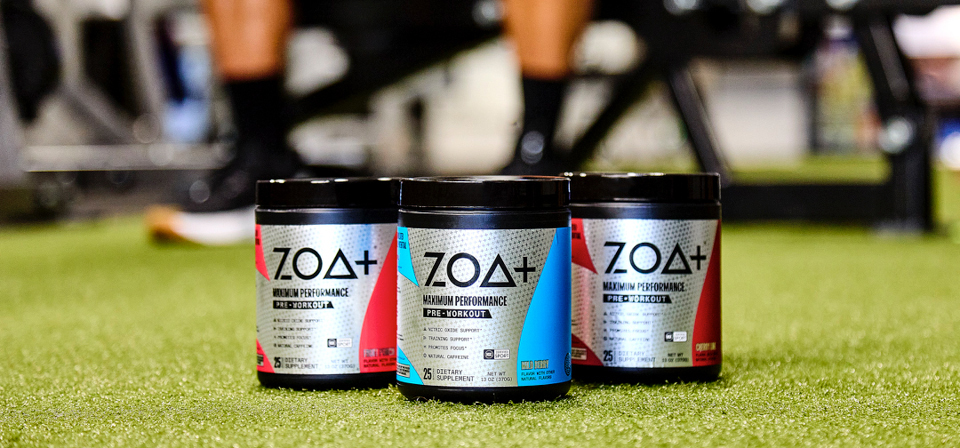Regulatory Radar: Sharing REMS Using Type V Drug Master Files (DMF)
Some drugs that fulfill an unmet medical need are associated with a serious adverse drug experience. A mechanism for FDA to allow these drugs to be marketed is through the requirement of a risk evaluation and mitigation strategy (REMS) during the post-marketing phase, necessary to ensure that the benefits of a drug outweigh its risks. An example of a REMS element would be the requirement that patients only receive the drug in a closely monitored health care setting to help prevent a serious outcome associated with a known drug-induced adverse event. It may also require that health care providers who prescribe the drug be specially certified so that they receive training about the risk and appropriate patient selection. These requirements would be spelled out in the REMS.
If the REMS includes a requirement for ETASU (elements to assure safe use), the most stringent requirement of a REMS, any abbreviated new drug application (ANDA) referencing an innovator drug with an ETASU must use a shared system REMS (SSRs) with the innovator (unless waived by FDA). In addition, SSRs may be required by multiple applicants for a class of similar drug products (for example, trans-mucosal immediate-release fentanyl (TIRF) products). At present 76 REMS are listed in the FDA REMS database, of which eight are shared system REMS, e.g. Alosetron (ANDA 200652 and 206647), a drug indicated for women with severe diarrhea-predominant irritable bowel syndrome.
The timely establishment of this shared REMS for ANDA applicants that reference an innovator drug requiring a shared system REMS has been at times hampered by innovator drug applicants delaying the negotiations of shared REMS systems as a way to delay market entry of the generic applicant.
In an effort to improve the efficiency of establishing SSRs, FDA recently issued a new draft guidance, Use of a Drug Master File for Shared System REMS Submissions – November 2017, which recommends the use of a Type V electronic drug master file (DMF) for the submission of SSRs. Type V DMFs are generally reserved for “accepted reference information” and serve as a mechanism to provide confidential information to the Agency where the DMF holder authorizes access to other applicants through a letter of authorization (LOAs). The use of a Type V DMF for SSR is voluntary and as a general requirement for any Type V DMF, an applicant must first obtain FDA preclearance for the DMF through a letter of intent.
The owner of the SSR DMF is the DMF holder who is jointly designated by the SSR applicants where only a single company should be listed. Any submissions made by the DMF holder to the SSR are considered to represent the view of the other SSR participants.
In general, only information applicable to the SSR (not application-specific information) should be submitted to the SSR DMF. Items that should be submitted include but are not limited to: the REMS document, REMS material, REMS supporting documents, REMS assessment methodologies, REMS assessments, REMS correspondence and REMS history. Information that does not belong in a SSR DMF includes: labeling (including medication guides), product-specific information (e.g. REMS Assessment of Adverse Events summaries) and REMS changes that apply to only one application in the SSR (e.g. efficacy supplement for new label indication).
Cross-reference submissions are those submissions that an SSR applicant makes to its individual application to incorporate by reference information that the DMF holder has submitted to the SSR DMF. Cross-reference submissions as amendments or supplements are needed after the following has been submitted to the SSR DMF: REMS original, major and minor REMS modifications, REMS modification due to safety label changes, REMS revisions1 and REMS assessment1. Cross-reference submissions are not needed after the following have been submitted to the SSR DMF: REMS assessment methodology, REMS correspondence, interim versions of REMS documents/materials/supporting documents and responses to FDA requests for information.
SSR applicants should submit copies of the DMF holder’s LOA to its application either before or at the time of the first cross-reference submission. Also, FDA recommends that SSR applicants submit their cross-reference submissions as soon as possible after the DMF holder has made the submission to the SSR DMF, and recommends that SSR applicants coordinate submission of cross-reference submission on the same day.
It remains to be seen if the voluntary use of Type V DMFs for SSRs will improve the efficiency of establishing shared systems as it only eliminates the need for each involved applicant to submit files individually. However, the Agency has indicated that it is looking to put other reforms in place to promote negotiations of shared system REMS including the use of waivers.
For full details on the content of SSR DMF, see the SSR DMF Technical Conformance Guide.
Do you have any questions? Please reach out to NSF’s experts Marinka Tellier or Andy Papas. Visit our website to learn more about NSF's pharma biotech services.
If you are interested in past issues of Regulatory Radar, visit our library.
1 REMS revisions and assessments are not considered supplemental applications.
How NSF Can Help You
Get in touch to find out how we can help you and your business thrive.

What’s New with NSF

2024 GFSI Conference - Meeting the Needs of our Evolving World
March 20, 2024
Dwayne “The Rock” Johnson’s ZOA+ Powder Earns NSF Certified for Sport® Certification
March 4, 2024